-
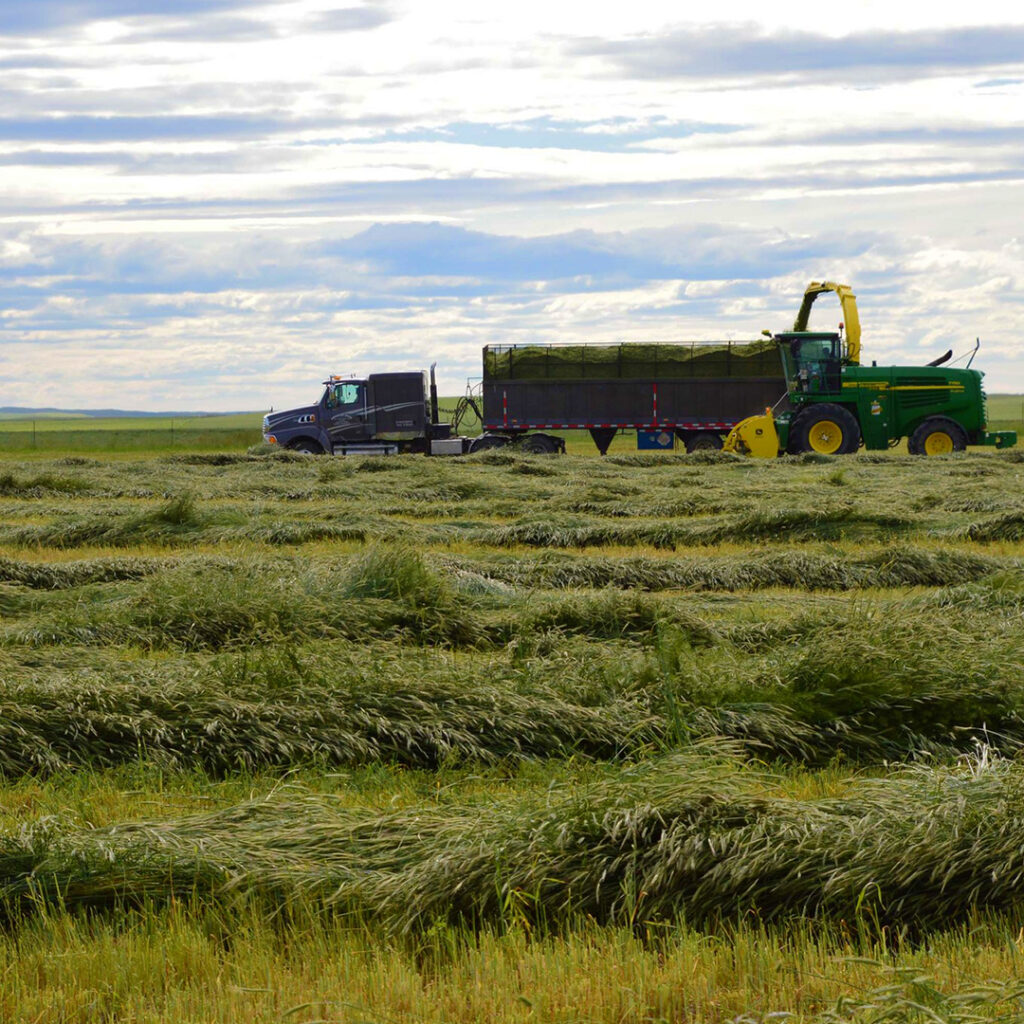
July 16, 2025Silage Production: Beneficial Practices for Preserving Forage Quality When ensiled properly, the nutritive value of silage is only slightly less than…
-
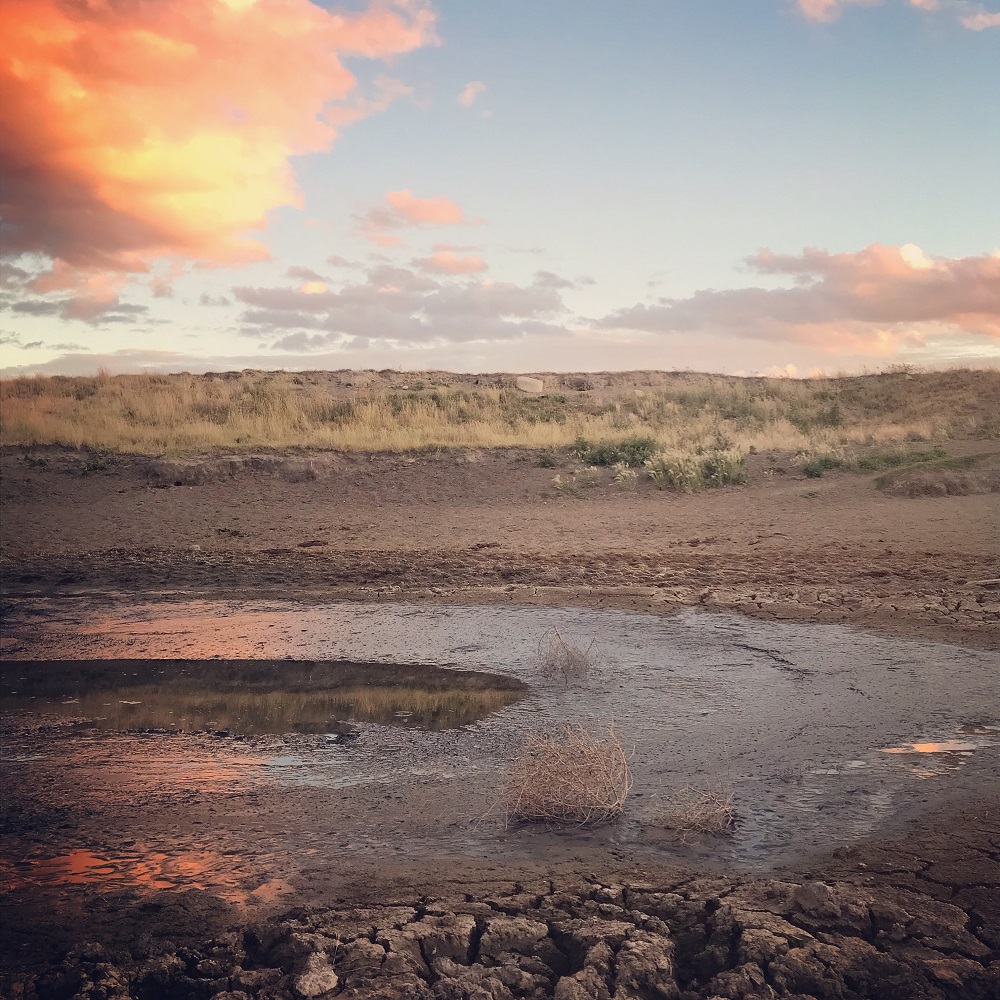
July 11, 2025Experiencing Drought? Five Things You Can Do To Help Manage Your Herd, Pastures and Health If you’re managing through a drought season, these…
-
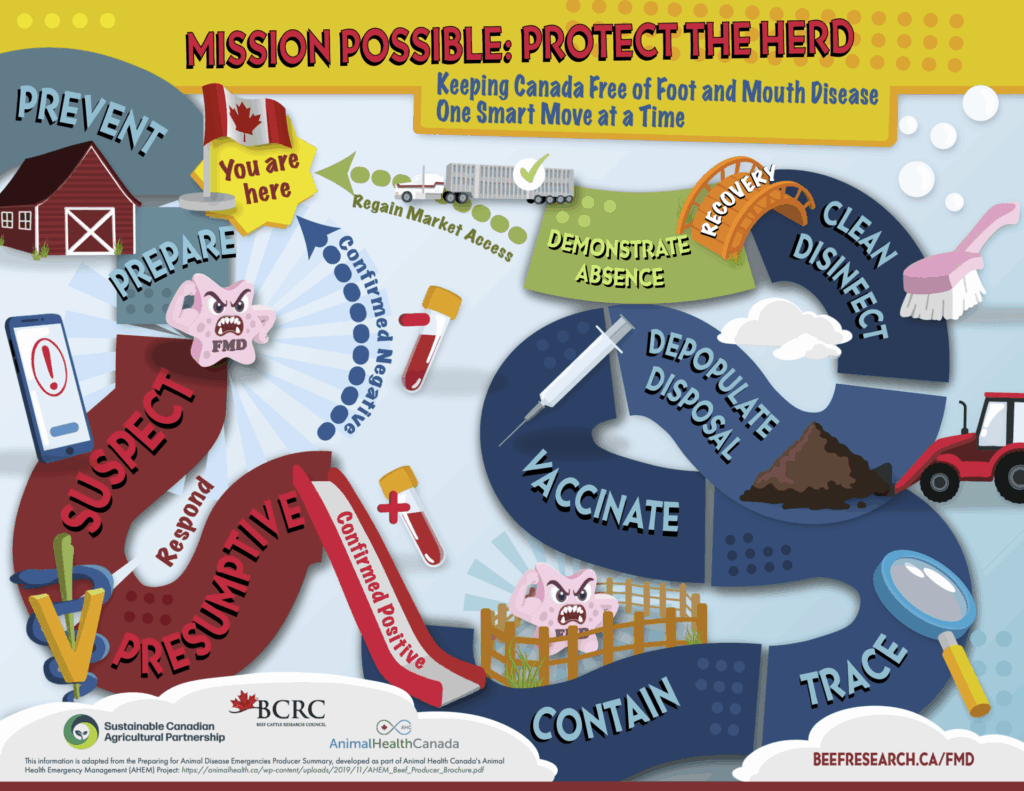
July 9, 2025YOU ARE HERE — Beef Producers Have a Game Plan to Keep Canada FMD-Free Canada’s FMD-free status is not a matter of luck. It has been maintained…
-
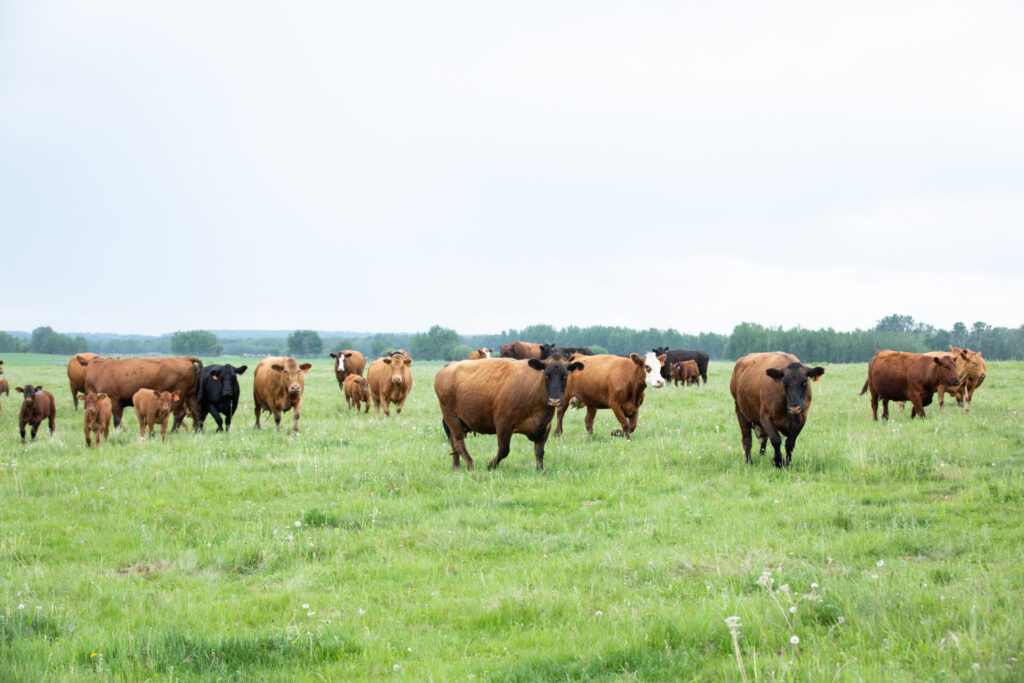
June 27, 2025Attention Researchers: The BCRC Opens Call for Letters of Intent The Beef Cattle Research Council invites letters of intent for research projects to…
-
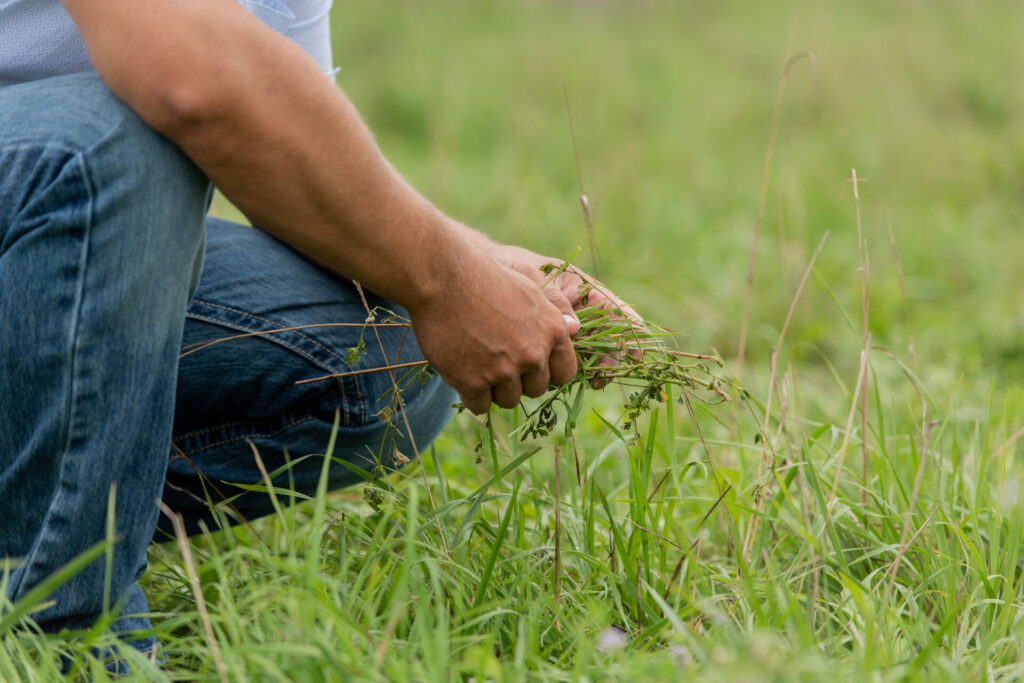
June 18, 2025Forage Without Borders 🎙️ Forage variety is important. The key is to choose a variety that is well adapted to local conditions, regardless of…
-
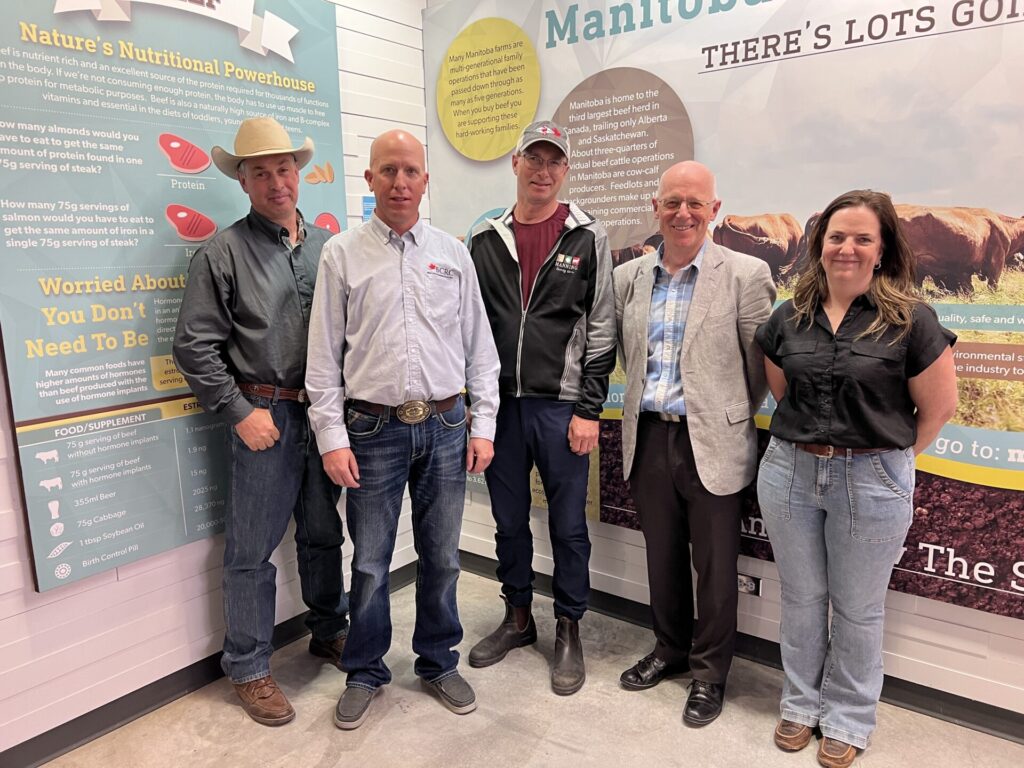
June 17, 2025New University of Manitoba Research Chair to Advance Beef Production Sustainability Thanks to a $1.5 million grant from the BCRC, the University of…
-
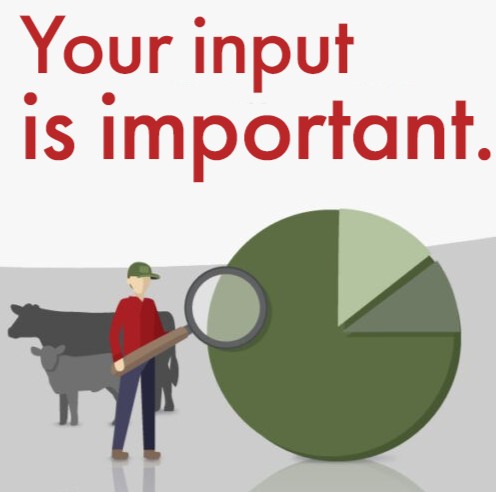
June 4, 2025Have 15 Minutes? Make an Impact on the Future of Beef Research The Beef Cattle Research Council (BCRC) directs producer funds to cattle, forage and…
-
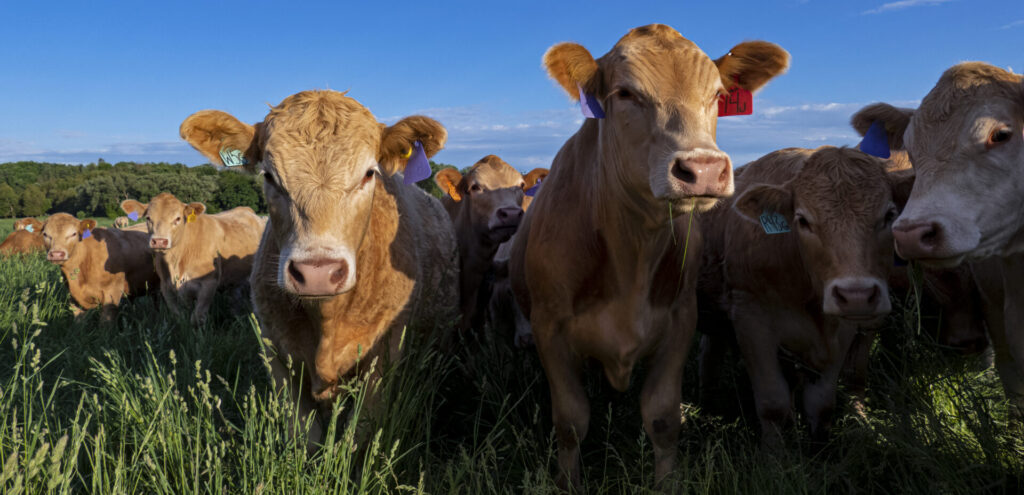
May 30, 2025Applications Are Now Being Accepted for the 2025 Regional Knowledge Mobilization Initiatives Funding Program The Beef Cattle Research Council (BCRC) is…
-
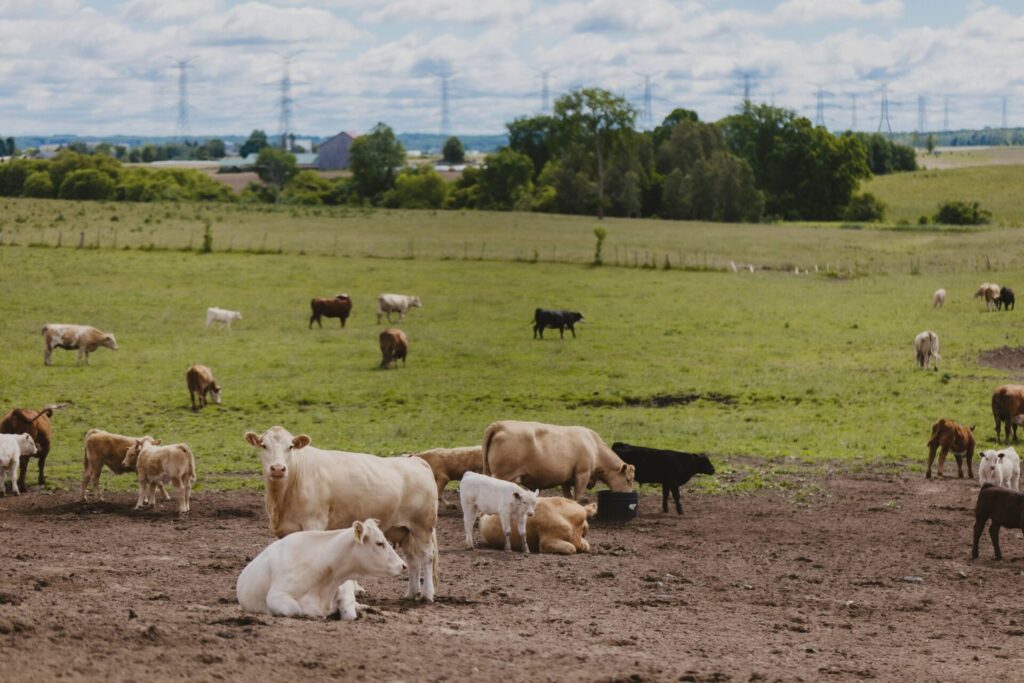
May 28, 2025Results Are In–Science to Inform Good Stewardship, from AMR to Grazing to Sanitation Recent research results covering antibiotic stewardship, food…
-

May 23, 2025ATTN Researchers: BCRC Proof of Concept and Clinical Trial Call for Proposals OPEN The BCRC has committed funding to short-term projects in these two…
-

May 20, 2025Food Safety is Rocket Science 🎙️ Canada’s researchers develop effective solutions that help to prevent food safety problems from arising, and…
-
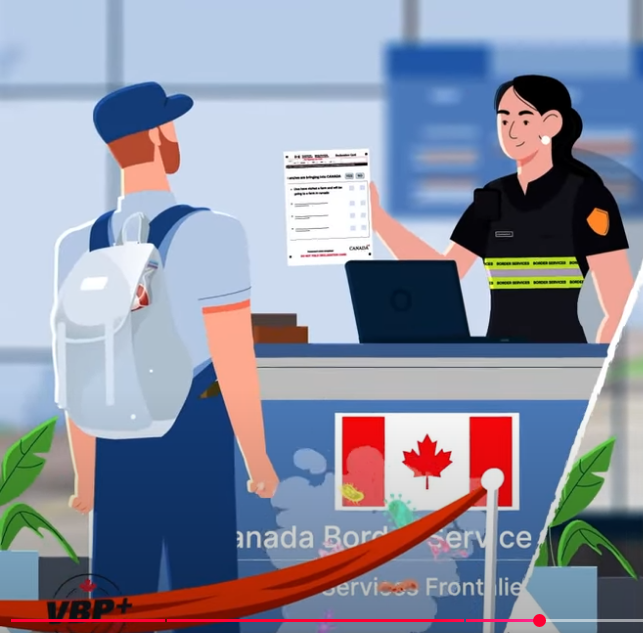
May 14, 2025Travel Safe: Stop Foot and Mouth Disease at the Gate Protect beef cattle herds when travelling and transporting cattle by implementing biosecurity…
-
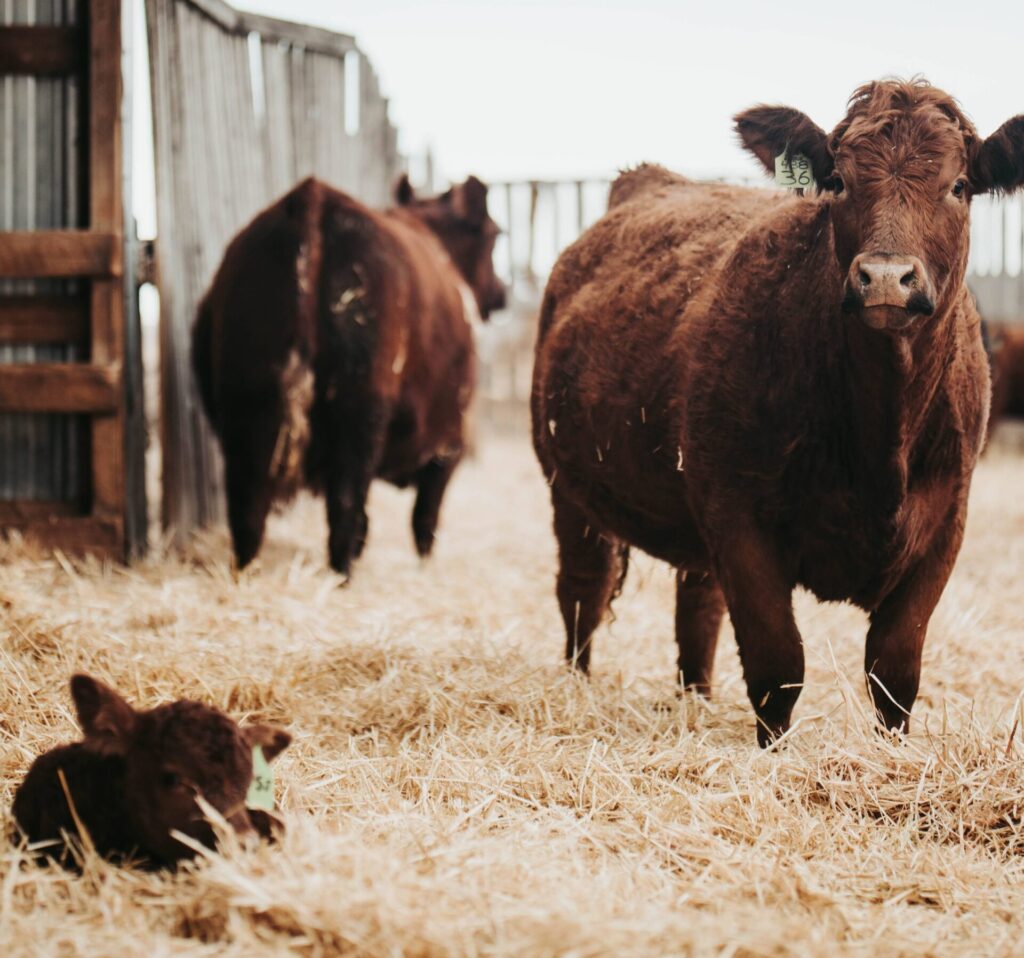
May 8, 2025Understanding Yardage Costs in Cow-Calf Operations Try the BCRC’s Cow-Calf Yardage Calculator to manage resources, identify inefficiencies and improve…
-
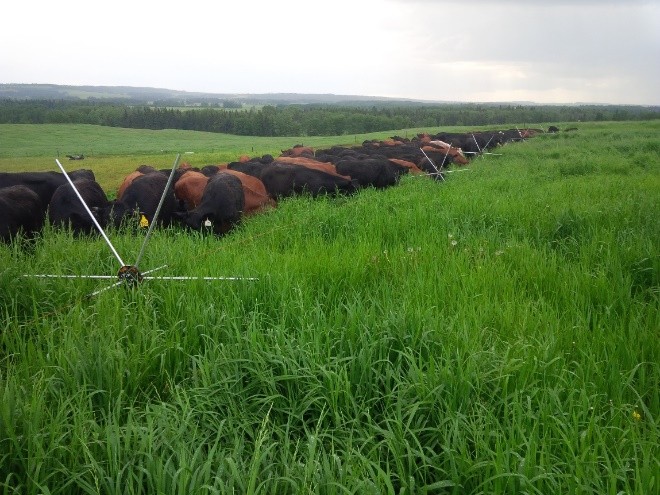
May 1, 2025Small Steps, Big Gains: How Starting Slow Leads to Grazing Success Alberta beef producers share key things to consider when starting rotational…
-
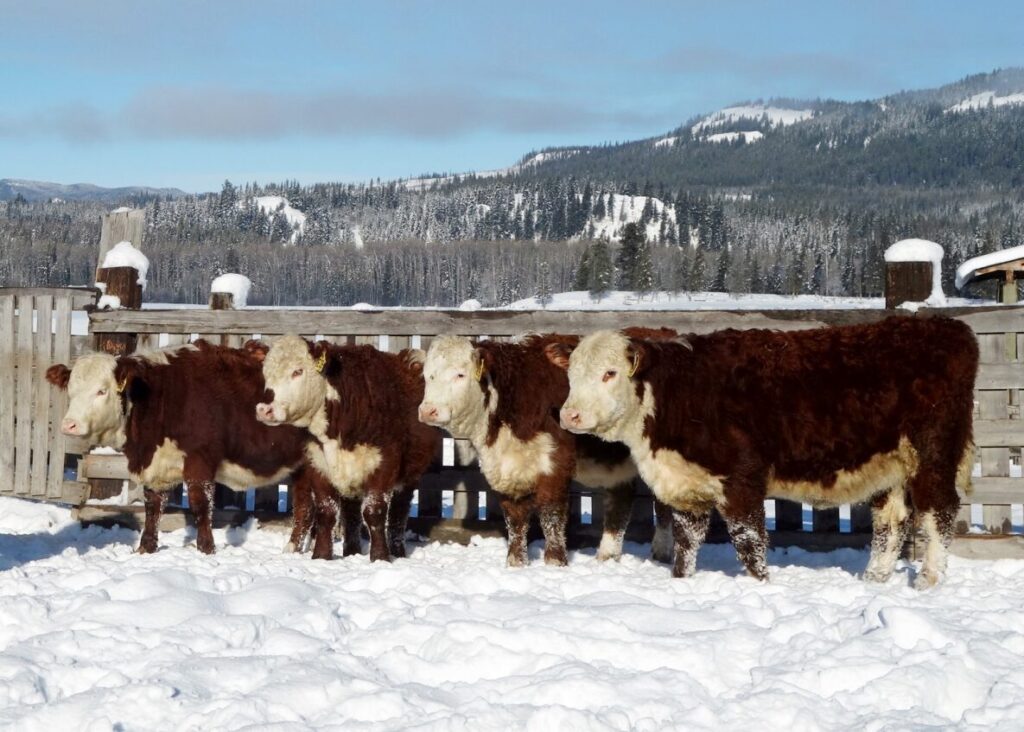
April 23, 2025Selecting Replacement Heifers: Boosting Longevity and Return on Investment Effective replacement heifer management requires a balance of careful…
-

April 22, 2025Icebergs and Native Forages – What You Can’t See Can Sink You 🎙️ Heavy grazing may not depress forage productivity at first. But as roots…
-
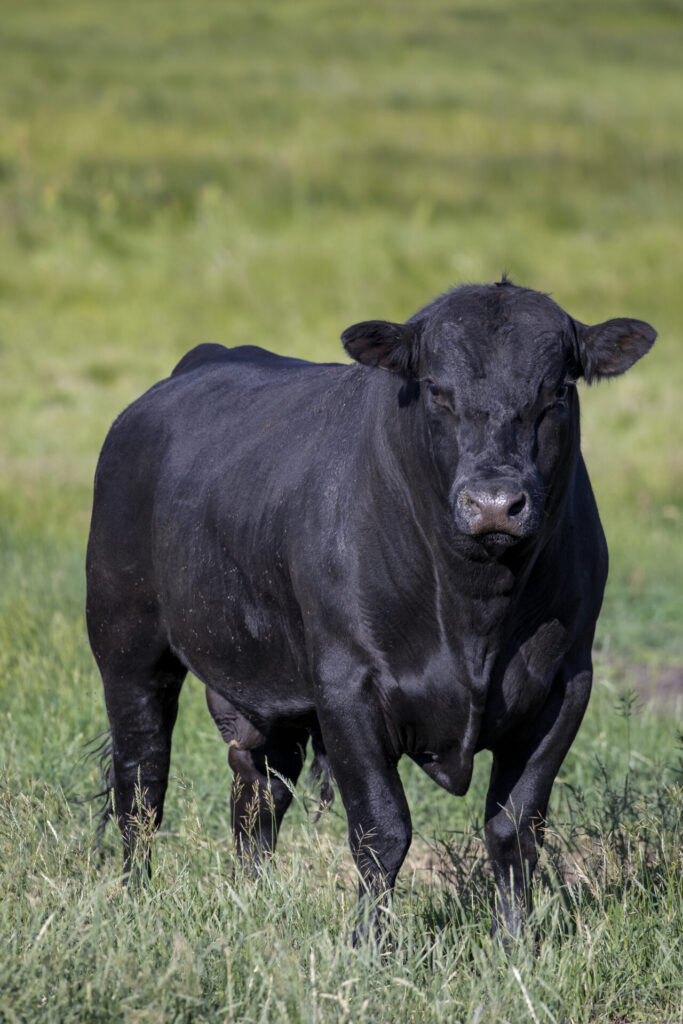
April 9, 2025Boosting Herd Genetics: Artificial Insemination Brings Big Benefits to Small Beef Herds Genetic progress can be slow in cattle, but artificial…
-
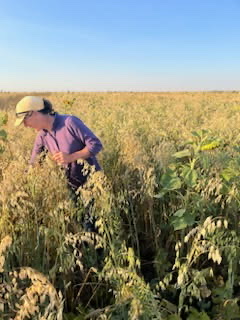
March 27, 2025Polycrops: Challenges, Triumphs and Valuable Lessons from Beef Producers 🎙️ The key to cover crop success lies in adaptability, local knowledge…
-
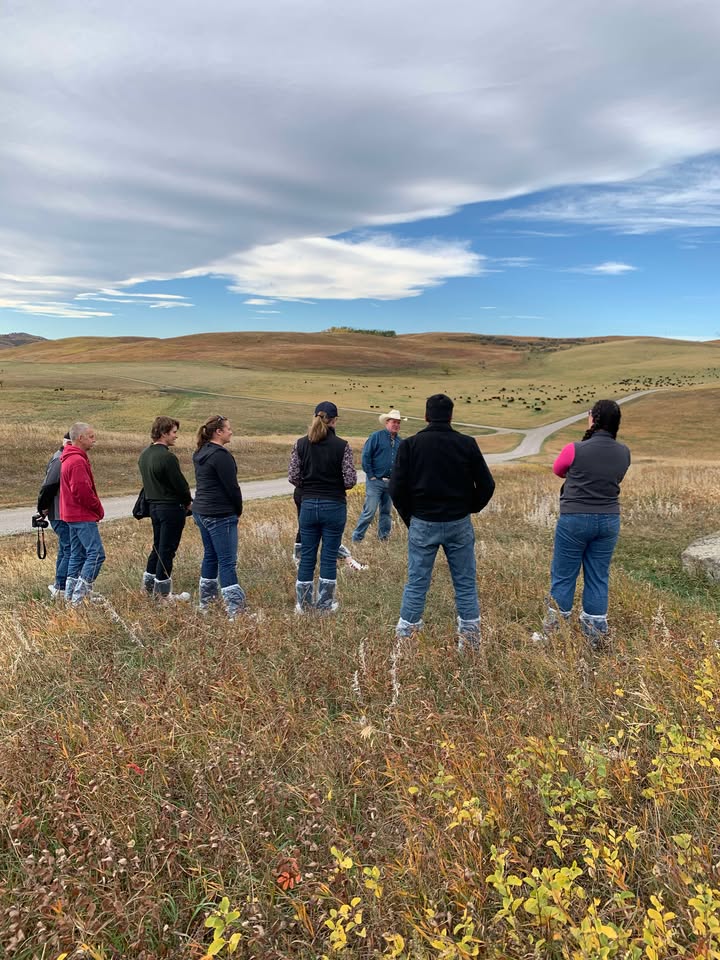
March 19, 2025Applications Now Open for the 2025-26 Beef Researcher Mentorship Program An initiative to facilitate greater engagement of upcoming and new applied…
-
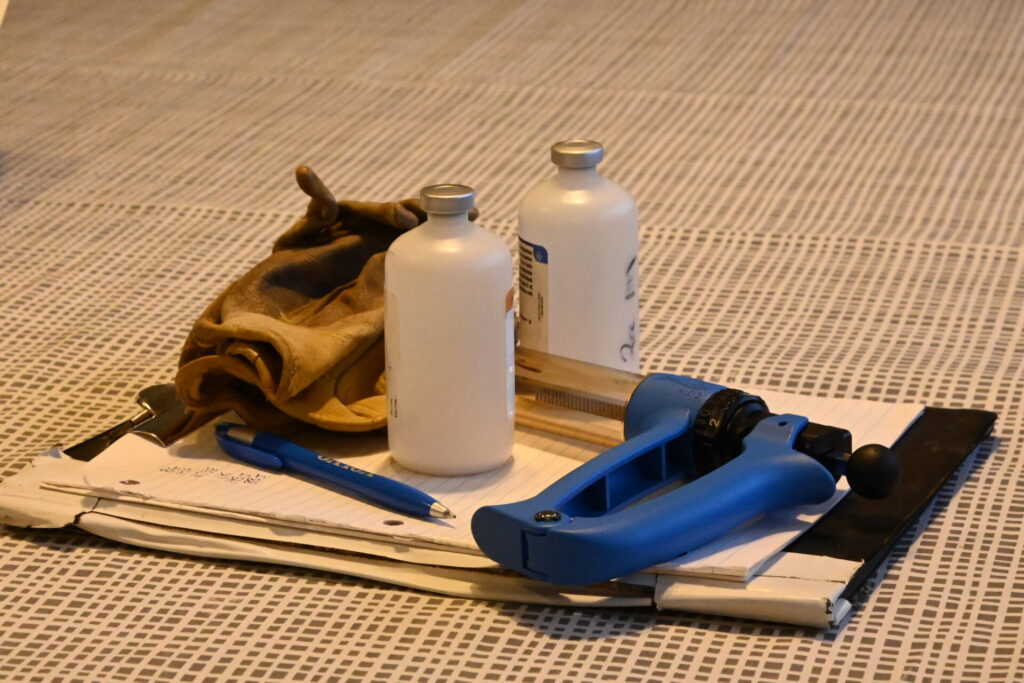
March 18, 2025Vaccines: Use as Directed 🎙️ Beef cattle vaccines teach an animal’s immune system to recognize what particular pathogens look like, so that it…